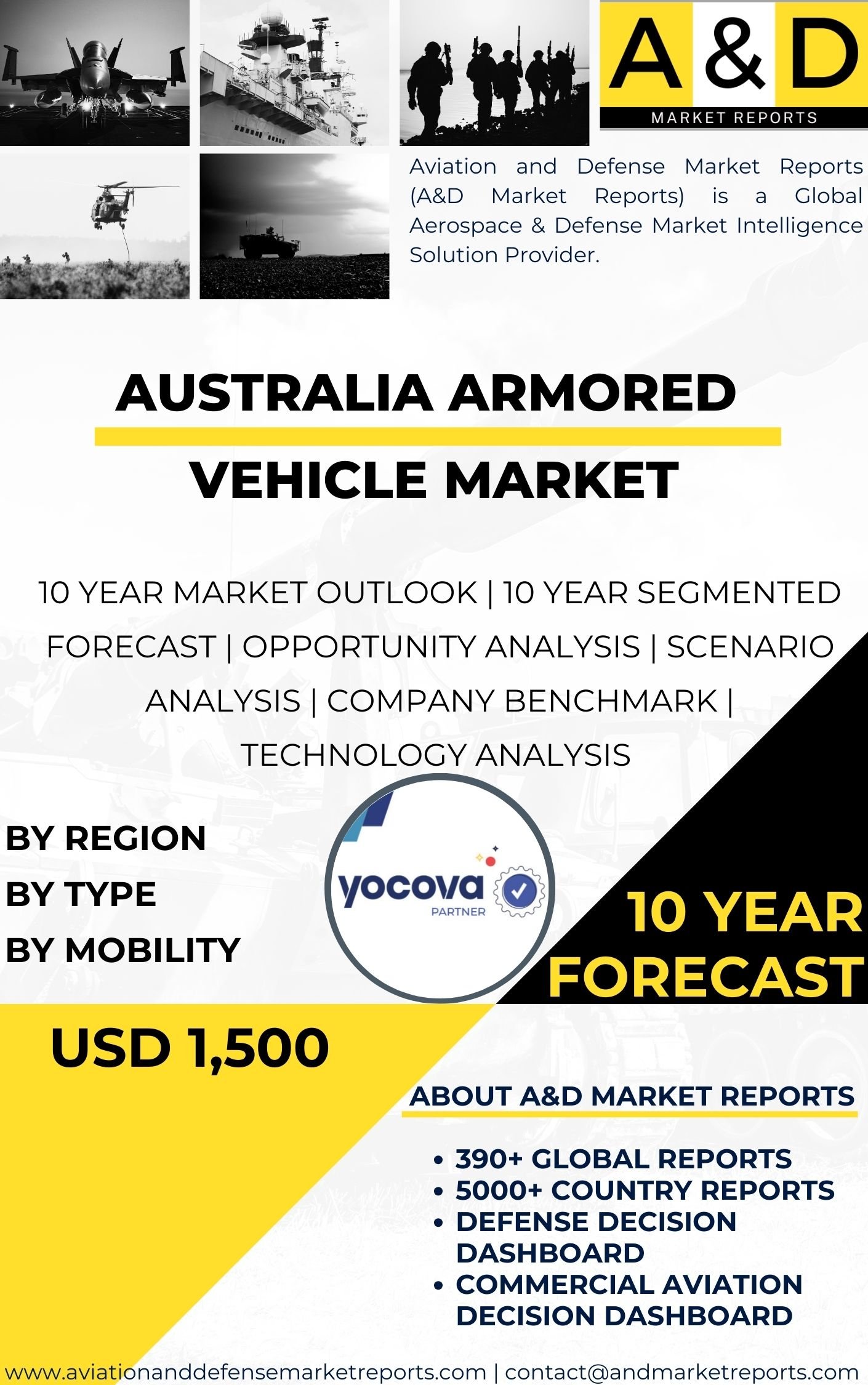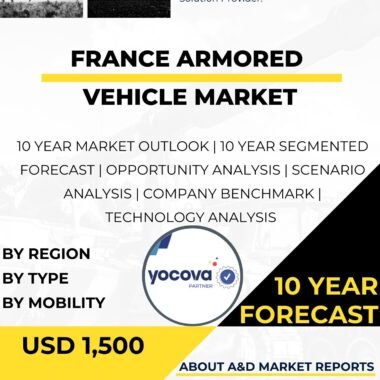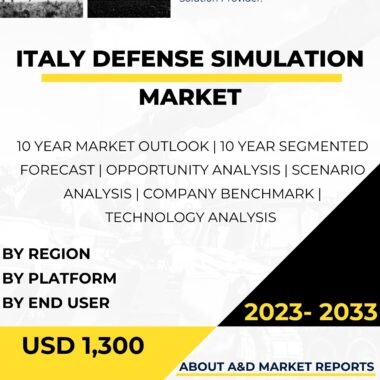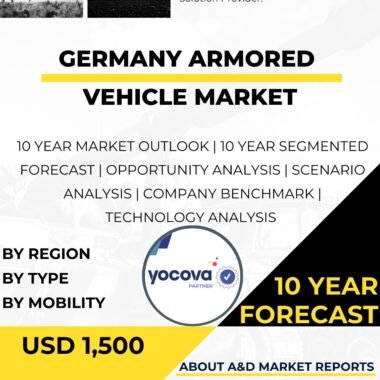Description
Australia Armored Vehicle Market
The Australia Armored Vehicle Market plays a crucial role in strengthening the nation’s defense capabilities and protecting military personnel across diverse operational environments. Armored vehicles provide mobility, protection, and firepower, enabling the Australian Defence Force (ADF) to respond effectively to modern security challenges. As Australia continues to invest in defense modernization, the importance of advanced armored vehicles has grown significantly.
Overview of the Australia Armored Vehicle Market
The Australia Armored Vehicle Market has expanded steadily due to the country’s focus on military readiness and troop protection. Australia’s vast terrain and evolving regional security environment demand reliable armored solutions that support rapid deployment and robust ground operations. These vehicles enhance the ADF’s operational flexibility and contribute to national and regional security.
Key Drivers of Market Growth
1. Defense Modernization Efforts
Australia continues to modernize its ground forces. Armored vehicles improve mobility, firepower, and troop protection. They also strengthen Australia’s deterrence posture in the Indo-Pacific region.
2. Indigenous Defense Manufacturing
The government encourages local production and technological innovation. Collaboration with domestic defense companies supports the development of customized armored platforms. This boosts national capability, creates skilled jobs, and supports export potential.
3. Peacekeeping and Humanitarian Missions
Australia participates in international peacekeeping and humanitarian operations. Armored vehicles ensure troop safety and improve mission effectiveness in conflict zones and disaster-affected areas.
Types of Vehicles in the Australia Armored Vehicle Market
Main Battle Tanks (MBTs)
MBTs provide high protection and heavy firepower. They play a central role in frontline combat and support ground dominance.
Infantry Fighting Vehicles (IFVs)
IFVs combine troop transport with integrated weapons. They enhance infantry mobility and fire support, making them critical assets for combined-arms operations.
Armored Personnel Carriers (APCs)
APCs ensure safe and rapid transport of troops across different terrains. They offer balanced protection and mobility for a wide range of operations.
Specialized Armored Vehicles
Reconnaissance Vehicles support surveillance, intelligence gathering, and early threat detection.
Engineer Vehicles assist with construction, recovery, route clearance, and other engineering tasks during missions.
Challenges in the Australia Armored Vehicle Market
Budget Allocation and Prioritization
Balancing armored vehicle investments with other defense needs is a key challenge. Strategic planning ensures resources are allocated effectively across capabilities.
Technology Upgrades and Obsolescence
As threats evolve, regular upgrades are essential. Continuous innovation in armor protection, mobility, and weapons systems is necessary to maintain operational relevance.
Interoperability Requirements
Modern defense operations require seamless coordination across platforms. Ensuring armored vehicles integrate with ADF systems and multinational partners enhances mission success.
Future Outlook for the Australia Armored Vehicle Market
The Australia Armored Vehicle Market is expected to see steady growth as the nation strengthens its defense posture and contributes to regional stability. Investments in research, development, and industry collaboration will drive improvements in armored vehicle design, automation, survivability, and battlefield networking.
Conclusion
The Australia Armored Vehicle Market is a vital component of the nation’s defense strategy. Armored vehicles enhance troop mobility, protection, and combat effectiveness. Continued modernization, domestic industry support, and innovation will shape the future of Australia’s armored capabilities. Addressing challenges in funding, technology, and interoperability will ensure the ADF remains prepared for evolving security demands in the Indo-Pacific region.




